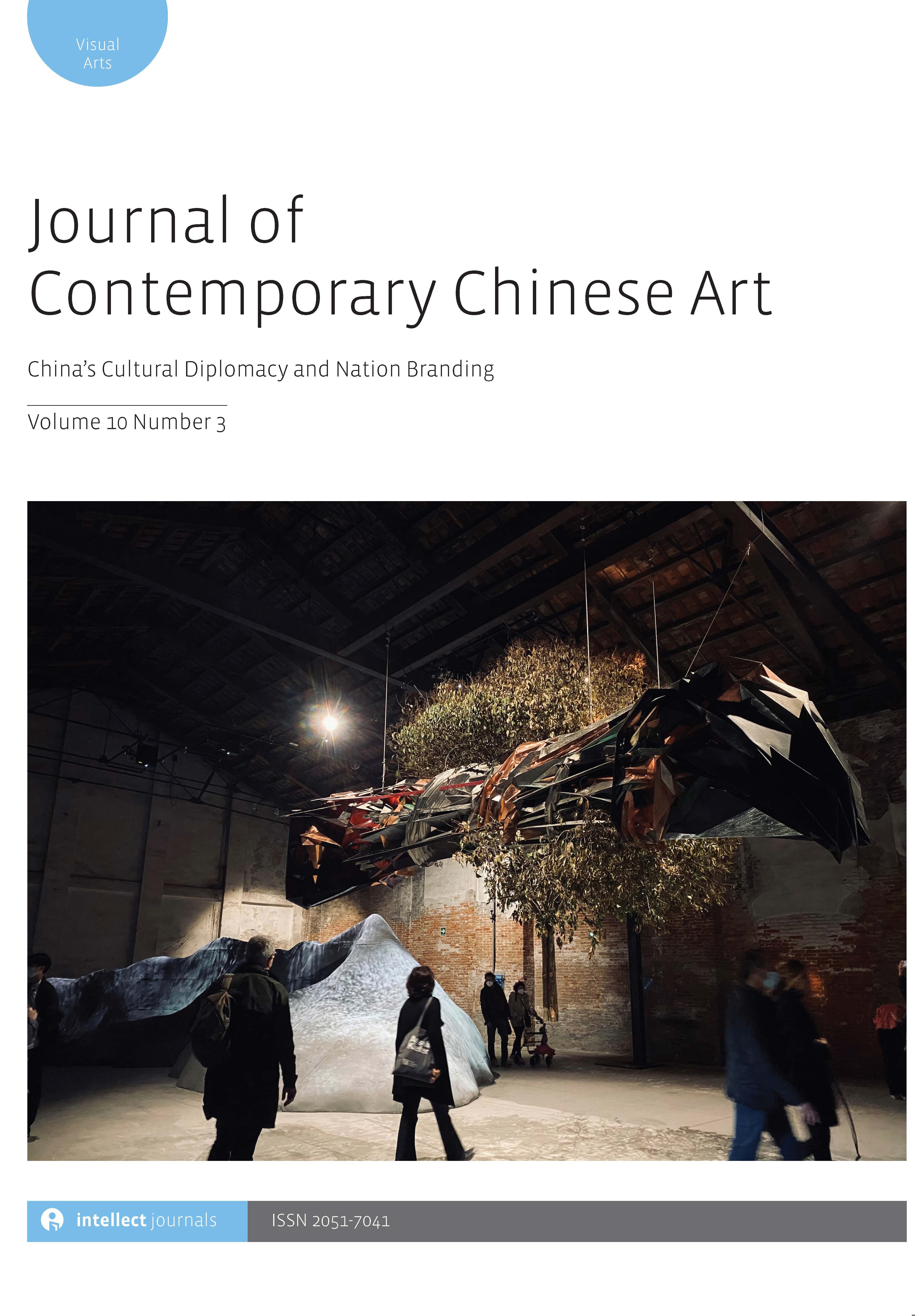
Full text loading...

Embedded in a globalized framework, contemporary Chinese art operates as a powerful network of socio-economic and ideological relationships. Both China and Chinese artists have been assimilated into the global art system, which is firmly built on the basis of capitalism. The world saw a surge in artistic activism in the years between 2008 and 2014, with biennales emerging as the gravitational field in which left-wing theories critically addressed economic and cultural exploitation, as well as the disparities arising from the global capitalist system. While western discourses on contemporary art rejected complicity with the neo-liberal order, refusing to be reduced to ‘a consumable sign of opposition’, the Chinese artworld still upheld neo-liberal values at the Venice Biennale. The incidents involving Chinese artists ‘renting’ the Kenya Pavilion and representing Kenya for the 55th and 56th Venice Biennales in 2013 and 2015 became viral media sensations, prompting accusations of ‘neo-liberalism’ and ‘neo-colonialism’. This article takes the Venetian farce, with a focus on the Kenya Pavilion, as the point of departure to investigate the fame-driven image of China.

Article metrics loading...

Full text loading...
References


Publication Date:
https://doi.org/10.1386/jcca_00089_1 Published content will be available immediately after check-out or when it is released in case of a pre-order. Please make sure to be logged in to see all available purchase options.